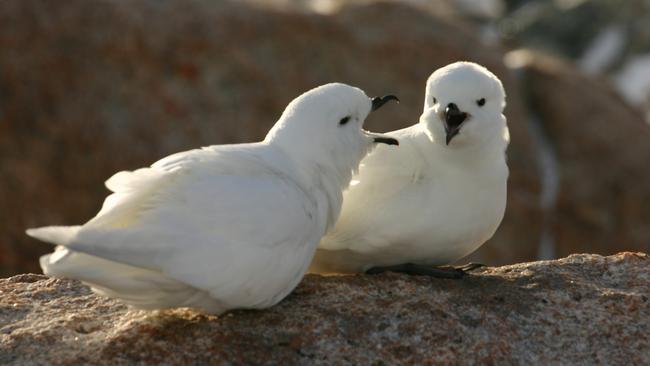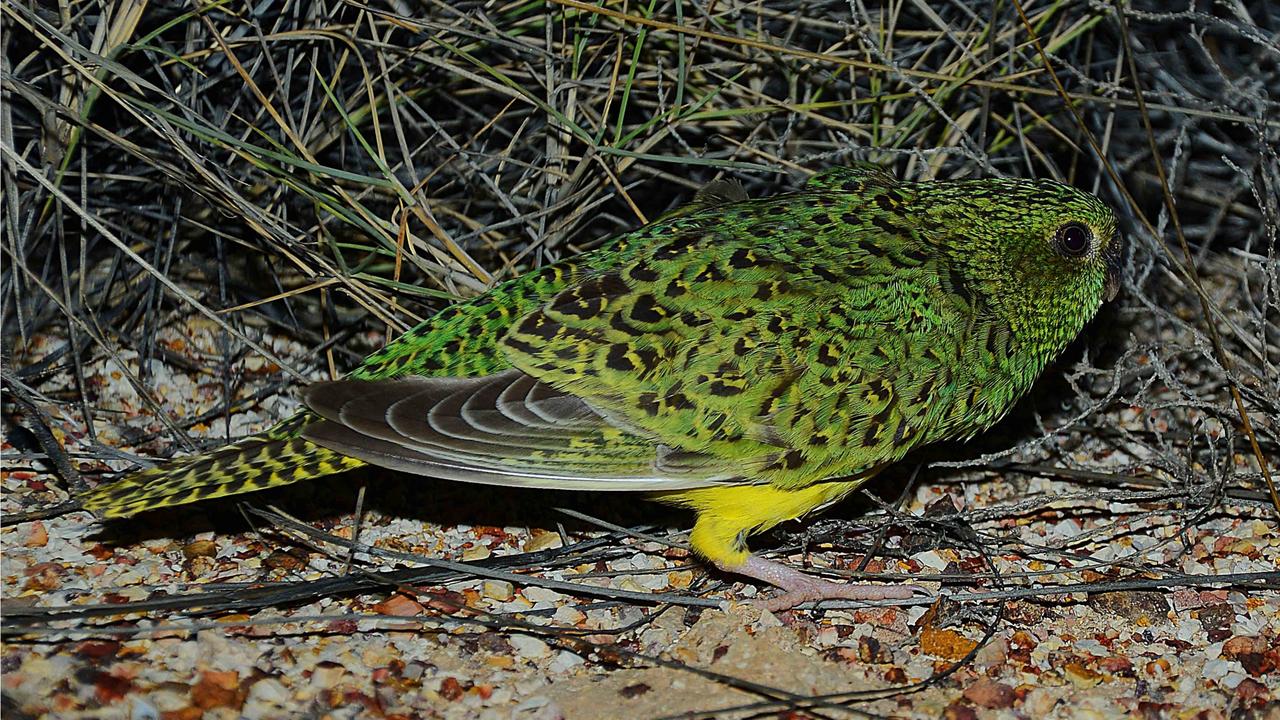Quest for petrel spit reveals icy secrets
Researchers are climbing remote mountains in Antarctica to hack away chunks of fossilised bird spit.

It must be one of the world’s most bizarre scientific quests: climbing remote mountains in Antarctica to hack away chunks of fossilised bird spit.
“It requires a fair bit of brute strength using chisels and hammers — they look like great big chunks of rock and are very, very thick and very, very hard,” explains Antarctic seabird ecologist Louise Emmerson.
Why go to such lengths?
This ancient bird spit, left behind by snow petrels up to 37,000 years ago, can reveal secrets about the past distribution of the petrels, their predators and food, and also of Antarctic ice cover.
This is because the petrels nest only in rock cavities in areas relatively free of ice cover.
“It allows us to have a look at when the populations were first colonised and potentially what their diet has been, and understand how that has changed with changes with the environment over that much longer-term timescale,” says Dr Emmerson, leader of the Australian Antarctic Division’s seabird ecology team.
“By understanding how they’ve responded to the environment in the past, we can predict what’s going on in the future and how we can best manage them.”
The pure white snow petrels are agile and enchanting in flight. They are often described as Antarctica’s most beautiful bird but, fortunately for researchers, they fight dirty.
“They use spitting as a defence. They spit this bright orange stomach oil on each other and on any predators, which can cause problems because it’s just like getting any other oil on your feathers — birds can drown from it,” Dr Emmerson says. “So it’s pretty nasty.”
The fossilised layers of this spit, also known as mumijo, are analysed by a global research team at the AAD in Hobart.
“The spit gets a lot of bird foot traffic and is exposed to high winds, so it gets amalgamated with bird poo, dirt and grit, and becomes very hard,” AAD field biologists Marcus Salton says.
“Once we’ve collected a sample, we wrap it in kitchen foil and store it in a freezer on station, before returning it to Australia.”
While the comic antics of penguins often grab the Antarctic limelight, the researchers have grown to appreciate the source of their material: the snow petrel. “They do this quite stunning aerial dance with each other,” Dr Emmerson says.



